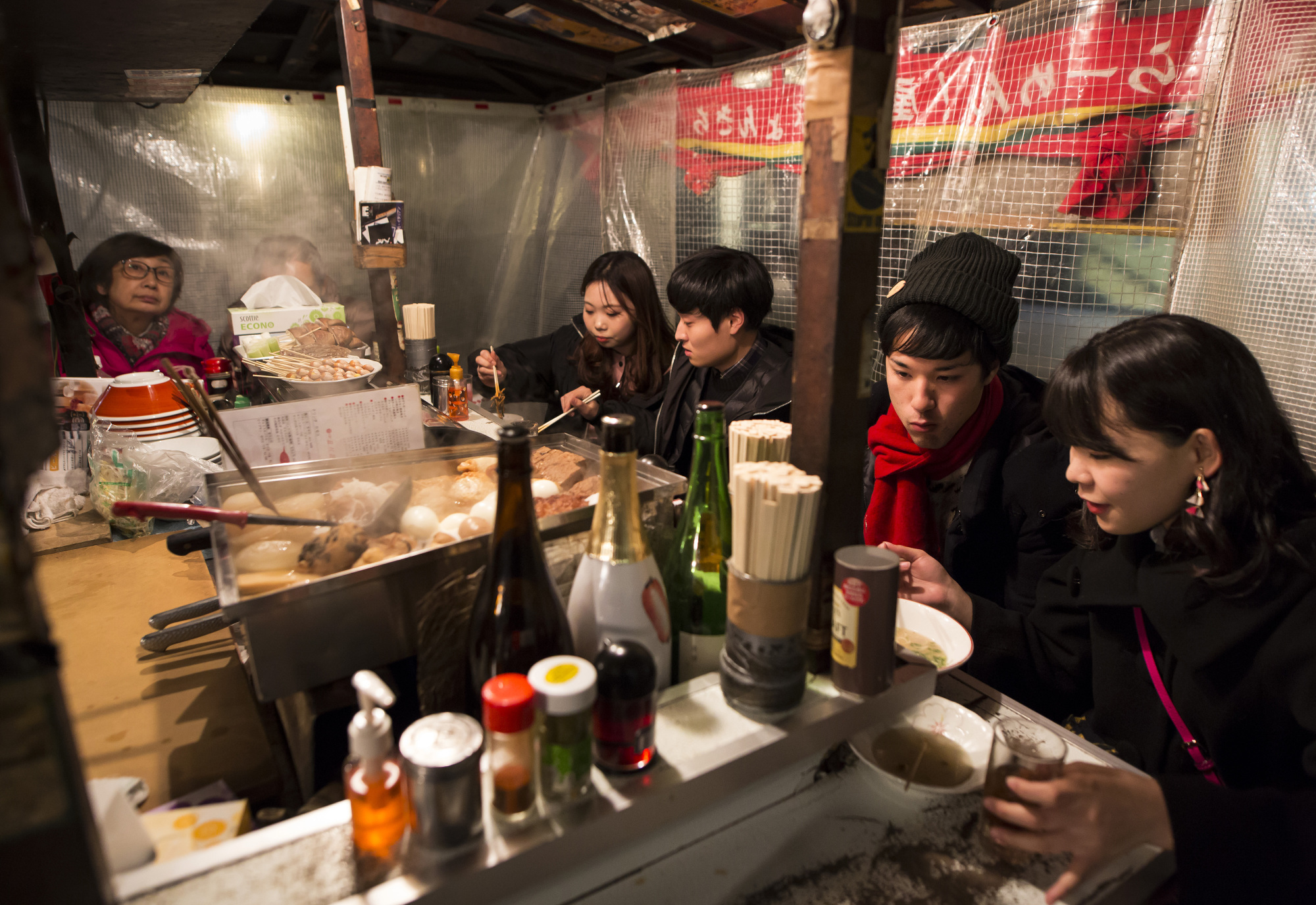The end of Japan's four decades of rice-market control could be good news for noodle lovers.
That's because rice farmers may plant alternative crops like wheat once government control ends by March 31 and look to tap into rising demand for ramen. Fukuoka Prefecture is expanding production of a locally developed variety of grain known as Ra-Mugi that's designed to be perfect for tonkotsu ramen, a dish of cloudy white pork broth with noodles and slices of pork that originates in the region.
Ramen demand has climbed in recent years with restaurants opening from London to Sydney, challenging the ubiquity of sushi, Japan's other well-known food export. The number of shops outside the country more than doubled to over 2,000 in the two years to early 2015, the Shin-Yokohama Ramen Museum says, with the expansion supported by the government-backed Cool Japan Fund. Asia's second-biggest wheat importer relies on grain from the U.S., Canada and Australia to produce ramen noodles domestically.



















With your current subscription plan you can comment on stories. However, before writing your first comment, please create a display name in the Profile section of your subscriber account page.